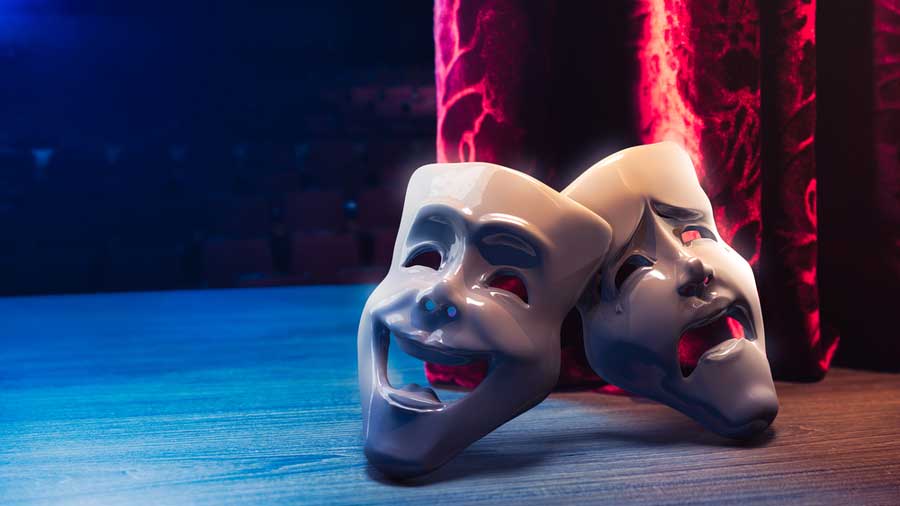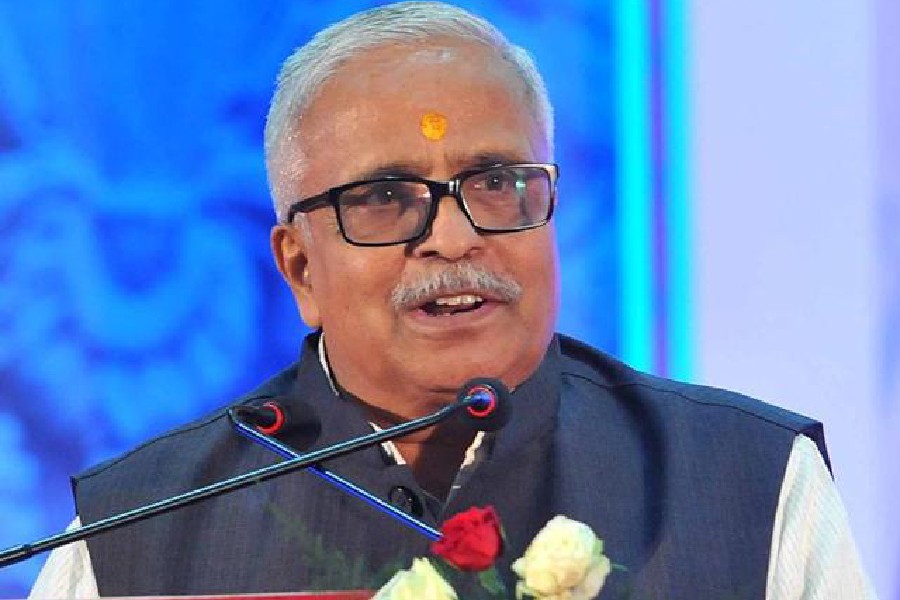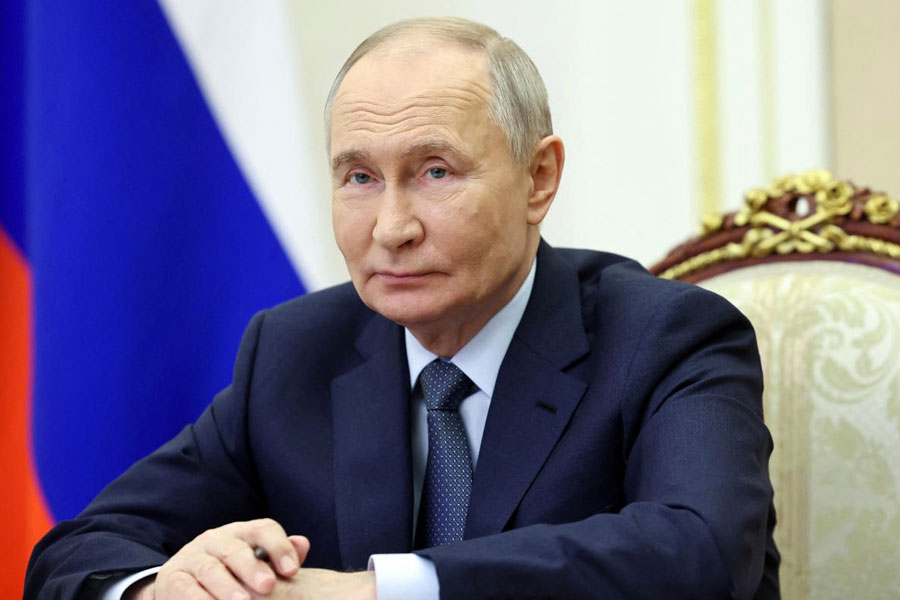Abhinaya — acting — underwent a radical change in sixteenth-century Bengal through the Vaishnavite reformer, Chaitanya. This came to be regarded as Jatra, which used to be performed in open-air venues and became the vehicle for conveying bhavas (emotions) like bhakti (devotion) and bhalobasha (love). Later, in the eighteenth century, with the establishment of the colonial rule and the cultural onslaught of Western norms, Jatra had to adapt itself to the changing times. It became a remnant of the past, finding its niche within the realms of popular culture — the urban theatre. During this period, the urban intelligentsia associated itself with a new form of entertainment — European, chiefly English, theatre.
Bengali theatre began its journey with the eighteenth-century Russian traveller, entrepreneur and a virtuoso of the violin and the cello, Gerasim Stepanovich Lebedev, who arrived in Calcutta in 1787, learnt Bengali from a local teacher, and took up the idea of staging a play in Bengali. In November 1795, he made the maiden venture with the play, Kalpanik Sangbadal, adapted from Richard Paul Jodrell’s The Disguise in the style of the Western theatre. He used the popular songs of the eighteenth-century Bengali poet, Bharat Chandra Ray, in this production. Fluent in Bengali, Lebedev tried to win over the local audience by resorting to a new approach of blending Western themes and performance style with Bengal’s tradition of narratives, opening up a new vista that promoted cross-cultural exchange.
About four decades after Lebedev’s proscenium execution, Nabin Chandra Bose, a Calcutta-based babu, experimented with theatre, performing Bharat Chandra’s Vidya-Sundar. Spending an amount of more than a lakh, Nabin Chandra staged the play before a mixed crowd of Hindus, Muslims as well as Europeans in October 1835. Stylistically, the performance replicated the Western model, but in aesthetic terms the content was purely indigenous. The endeavours of Lebedev and Nabin Chandra represent the two disparate factors — occidental and oriental, the foreign stage and the native narrative.
By then, the educated Bengali middle-class had invented a new identity for itself. This identity was fashioned out of the binary strains of Westernisation and Sanskrit revivalism. The trend inspired stage productions of Ramnarayan Tarkaratna, Kaliprasanna Singha and Michael Madhusudan Dutt mainly at the Belgachhia Villa or at the Tagores’ Jorasanko Thakurbari apart from several open air venues patronised by various aristocrats.
Up until then, Bengali theatre was confined to banedi baris. The masses had no right to enter the domain. The third quarter of the nineteenth century witnessed a period of change as the people of Bengal tried to negotiate with modernity. They lost their lands, were forced to work for strangers and integrated against their will into a new monetary economy, and fell under new forms of political domination. But private efforts, rooted to the soil, helped sustain their experimentations by absorbing and evolving the new needs and grievances of the common people.
One hundred and fifty years ago, National Theatre organised its first Bengali stage production by selling tickets for the commoners in December 1872. Dinabandhu Mitra’s Nildarpan was the play for which the masses flocked to the theatre. It was also a play of protest, portraying the exploitation of Indian peasants by British indigo planters. The play introduced a new dimension into Bengali theatre with the proclamation of nationalism. Gradually, Bengali theatre became more aware of and vociferous about contemporary politics and social injustices.
It has since proliferated into multiple directions — patriotic plays, committed theatre addressing social issues, political theatre, and commercial productions for entertainment. The journey of public theatre in Bengal continues as an unabated ritual, social celebration, cultural exercise and, finally, as an undying urge to witness performance.
devajitbandyopadhyay@ gmail.com











